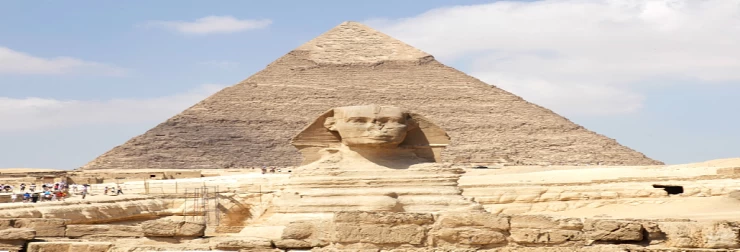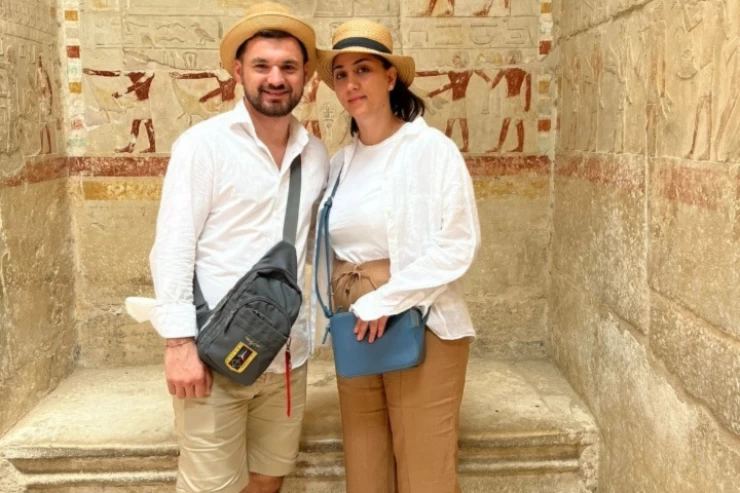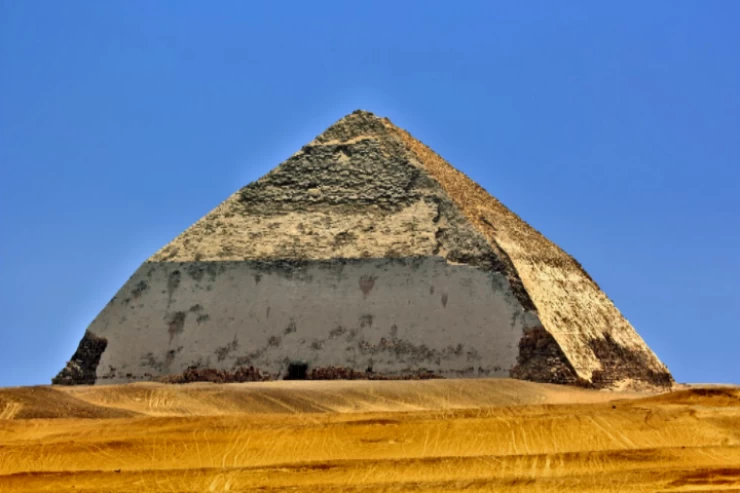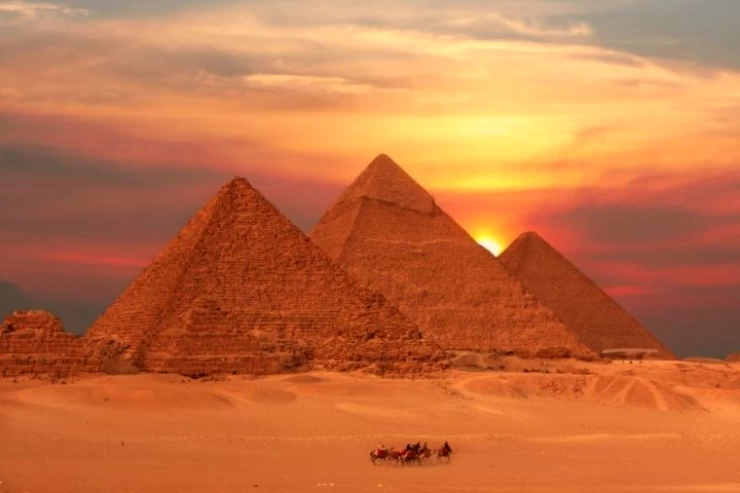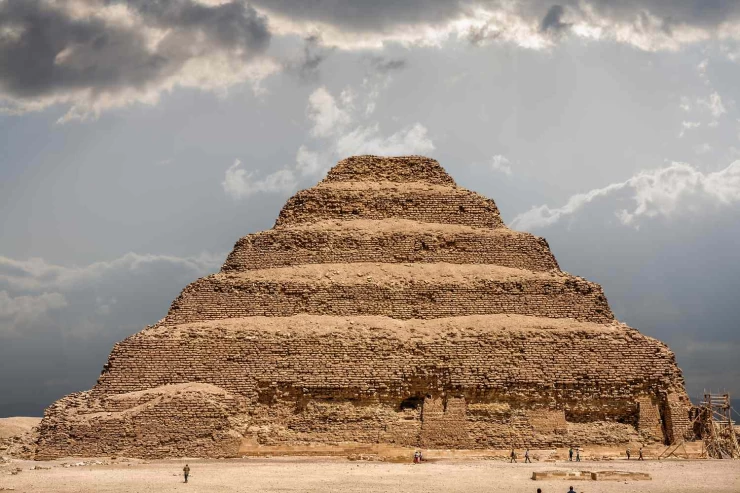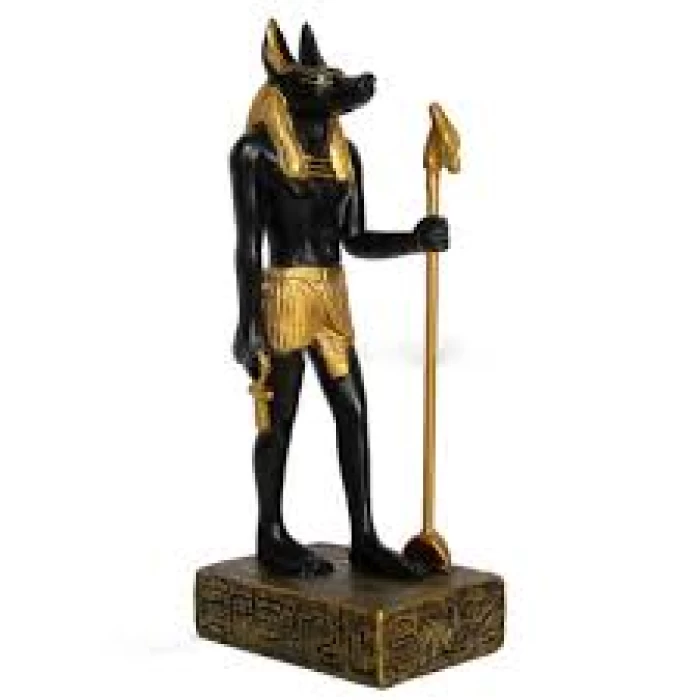
God Anubis | God of the Necropolis
Goddess Hathor-The Personification Of Divinity As Joy, Love, And Transformation
In ancient Egypt, the goddess Hathor was considered one of the greatest deities; her worship and mythology were complex and comprised joy, beauty, love, and destruction. Often portrayed as a cow or as a woman with the head of a cow, the multifaceted Hathor is always revealed as fundamental in the religious and cultural practices and beliefs of the ancient Egyptians.
The Goddess of Joy, Beauty, and Music.
Hathor was widely known as the goddess of joy, music, dance, and love. She epitomized everything beautiful and stood for the glory of art in any form of expression. The ancient Egyptian percussion instrument-the sistrum-was sacred to her; in worship, music, and dance form part of her religious practices because she is the goddess of pleasure and merriment. She was also prayed to by women for love, fertility, and protection since she as a goddess of beauty was thought to nurture and safeguard people within their families and community as a whole.
The Duality: Love and Death
In common with many other ancient deities, Hathor governed, also, death, proving, in that aspect, the well known duality of her nature. In this darker aspect, she assumed the deadly form of the lioness Sekhmet; as in myt,h she destroys mankind. Under Amun Ra's command, Hathor turned into Sekhmet to punish mankind when they disobeyed her. The main difference is that Hathor cannot be worshiped as a favoring goddess of life and love; nor can she take the guise of a fierce, destructive power when the balance of the universe is threatened.
Anubis was known as the god of the underworld but later he became associated with the mummification process and the funeral processions. His name was changed and he was then known as "Imy-ut" (He Who is In the Place of Embalming), nub-ta-Djoser (lord of the sacred land). Preserving the body of the dead person was one of the ancient Egyptian beliefs that's why they mummified their dead, Anubis was the mummified god.
Anubis had a blackhead that represented him as the god of the dead. The full human form of Anubis could be seen at the Temple of Ramses II at Abydos. Anubis Also has a beautiful statue upon his name which is made in the form of a jackal that was found at the Tomb of Tutankhamen was discovered by the famous excavator Howard Carter at the new kingdom necropolis known as the Valley of the Kings in the West Bank of the Nile River, and now exhibited in the collection at the Egyptian Museum in Cairo.
God of the Necropolis
We can see a lot of prayers and rituals dedicated to Anubis carved on many ancient tombs in Egypt. He watched the process of mummification of the dead to ensure it was proper. He accompanied the souls of the underworld while examining their knowledge of the gods and their faith. He placed the heart of the dead on the scales of justice when the judging of the heart took place.
Latest Articles
Admin
Seabourn Sojourn Cruise Stops in Safaga Port
The Seabourn Sojourn, the flagship vessel of Seabourn Cruise Line's ultra-luxury fleet, was built in 2008 at the T. Mariotti shipyard in Genoa, Italy. Measuring 198 metres, it can accommodate up to 450 guests in its 225 spacious all-suite staterooms.
Admin
Norwegian Sky Cruise Stops in Safaga Port
Norwegian Cruise Line operates a cruise ship called the Norwegian Sky. It was constructed in 1999 and can accommodate 2,004 passengers in addition to 878 crew members. The ship has several dining establishments, lounges and bars, a spa and fitness center, swimming pools, and a number of entertainment areas.
Admin
Explora II Cruise Stops in Safaga Port
Explora II, the second vessel in the Explora Journeys fleet, sets sail in 2024 to redefine luxury cruising. With 461 ocean-front suites, 9 culinary experiences, and 4 pools, this haven of sophistication and sustainability promises an unforgettable "Ocean State of Mind" journey to inspiring destinations.
Admin
Mein Schiff 6 Cruise Stops in Safaga Port
The Mein Schiff 6 is the latest cruise ship in the renowned TUI Cruises fleet, offering passengers a luxurious and sophisticated cruise experience. At 315 metres long, this floating resort features a range of dining options, entertainment, and recreational facilities, including a spa, fitness centre, and sports amenities.
Admin
Mein Schiff 4 Cruise Stops in Safaga Port
When the Mein Schiff 4 cruise ship docks in Safaga, Egypt, passengers are granted access to a realm of ancient wonders. Aboard this state-of-the-art vessel, guests can embark on meticulously curated shore excursions that showcase the region's most iconic landmarks, including the Giza Pyramids, the enigmatic Sphinx, and the remarkable tombs and temples of the Valley of the Kings in Luxor.
Admin
MS Europa Cruise Stops in Safaga Port
The Silver Moon, Silversea's latest flagship, is a luxury cruise ship that offers an exceptional travel experience for Venezuelans exploring Egypt. With a capacity of 596 guests and an impressive 40,700 gross tonnes, the Silver Moon maintains the small-ship intimacy and spacious all-suite accommodations that are the hallmarks of the Silversea brand.






